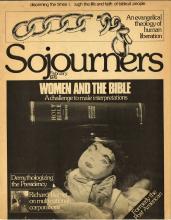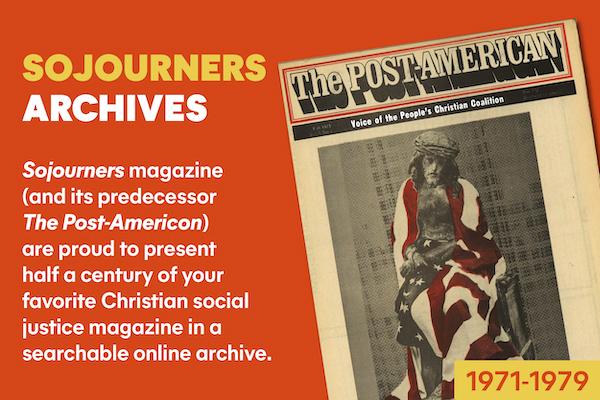Devotion to beliefs doesn’t change behavior. That is why it is so great to me how Christ can reach down deep within us and live out a new behavior (Galatians 2:20), that “God is at work in (us), both to will and to work for his good pleasure” (Philippians 2:13). For this reason, I am able to look at my own behavior and evaluate my spiritual development as change occurs; so, too, with the behavior of us as a nation.
I grew up in 1930s as a patriotic young man who believed in the Constitution, the Declaration of Independence, and America. But unlike the generation before me who did not have the education to know about the basic freedoms of America and unlike my children who have come to disbelieve America, I have always believed in the spirit of the promises of this country. But, never have they been reality for the majority of my people.
In terms of race, America has tried to heal itself. The Civil War took place in the 1860s. The Civil Rights movement took place in the 1960s. From America’s two biggest domestic conflicts emerge three main elements: the first, a group of people, primarily white, the majority and ruling group in society. Let’s call this group the “Land of the Free;” the second, also a group of people, but a minority, primarily black, originally from Africa, the “Other America;” and the third element of our simplified history is the slavery and poverty which divides the first group from the second and which we will call the “Wall.”
America’s first argument with itself, the Civil War, went something like this:
There was a Wall in America dividing the Land of the Free from the Other America. The people who built the Wall, the ones in the Land of the Free, began arguing with each other. Half of them wanted to tear the wall down, some for economic reasons, some on moral grounds. A war began.
Read the Full Article

